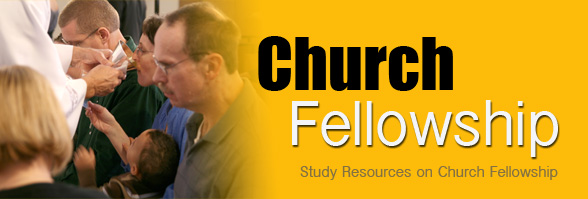At the 2010 Convention in Houston, there was a proposed resolution, Res. 8-30 “To Amend Article VI of the Constitution,” which would have changed the language of our Synod’s article on “Conditions of Membership.” In my opinion, those changes would have made the article much weaker. And so, as a delegate, I was totally opposed to that resolution.
I was not alone. The resolution itself was what was amended. By the end of the week it became Res. 8-30B “To Study Article VI of Synod’s Constitution.” Instead of amending the Synod’s “Conditions of Membership,” the resolution now called for a widespread, in-depth study of the same. I was totally in favor of this resolution. I thought this would be a good opportunity to explain and better understand why we have the conditions we do, and thereby build greater unity in our Synod. The resolution was adopted, and the study mandated.
That study is now beginning to take shape. The Synod has just introduced a bundle of resources designed to help in a study of Article VI, especially focusing on the condition that relates to “Church Fellowship.” See the story in the Reporter, “New ‘Church Fellowship’ website offers resources for major study”. The website that offers these resources is found at this link: “Church Fellowship: Resources on the Study of Article VI regarding Resolution 8-30B”.

Among the resources to be found at the website are these: Article VI of the Synod’s Constitution; writings from C. F. W. Walther, Kurt Marquart, and Herman Sasse; and A Reader of LCMS Church Fathers On Avoidance of Unionism and Syncretism.
Since we’ve been referring to Article VI, we should especially highlight the section that relates to church fellowship. The conditions for acquiring and holding membership in the Synod include:
2. Renunciation of unionism and syncretism of every description, such as:
a. Serving congregations of mixed confession, as such, by ministers of the church;
b. Taking part in the services and sacramental rites of heterodox congregations or of congregations of mixed confession;
c. Participating in heterodox tract and missionary activities.
In addition to the resources currently at the “Church Fellowship” website, more will likely be added as the study goes along.
Associate Editor’s Note: Stay tuned to BJS as we work with these great resources on the site, highlighting them and possibly producing some study guides for them as well.